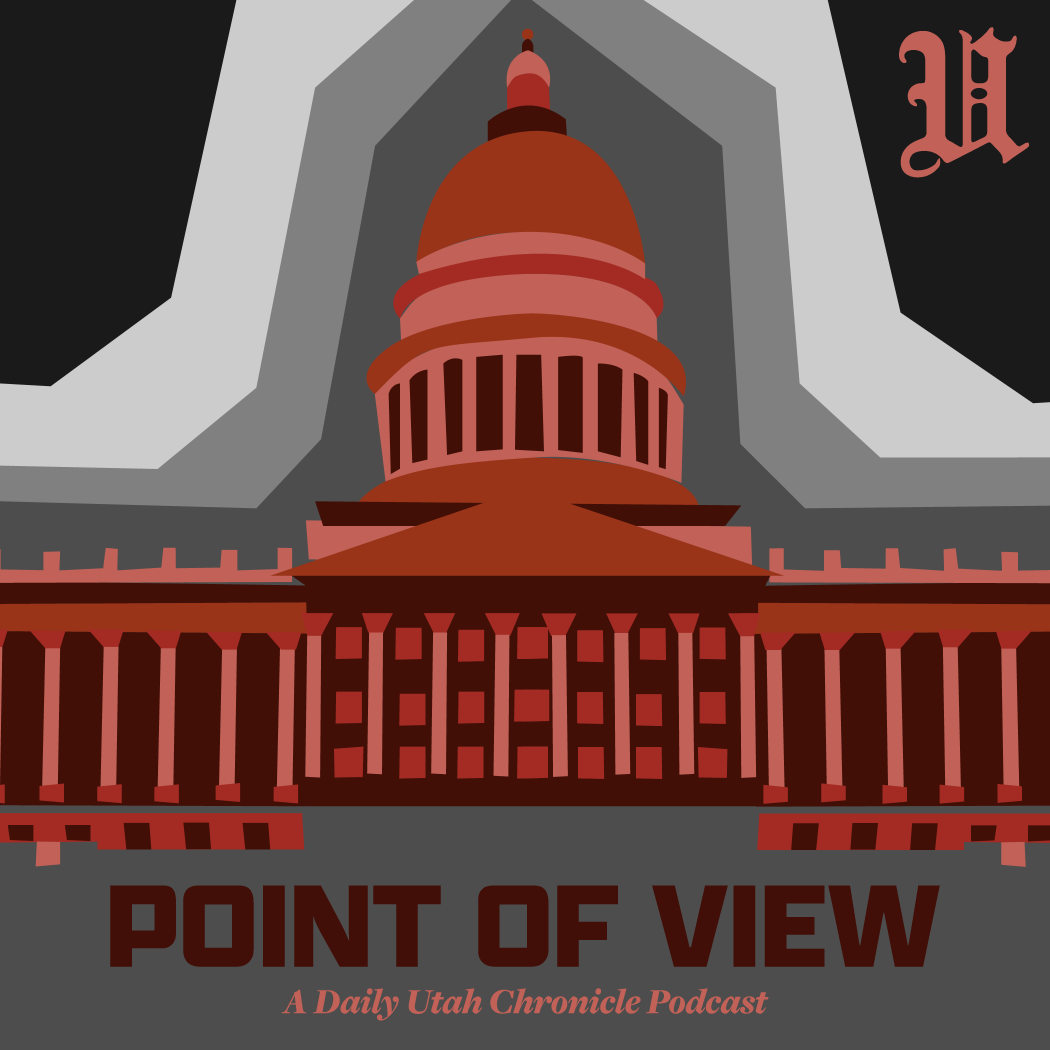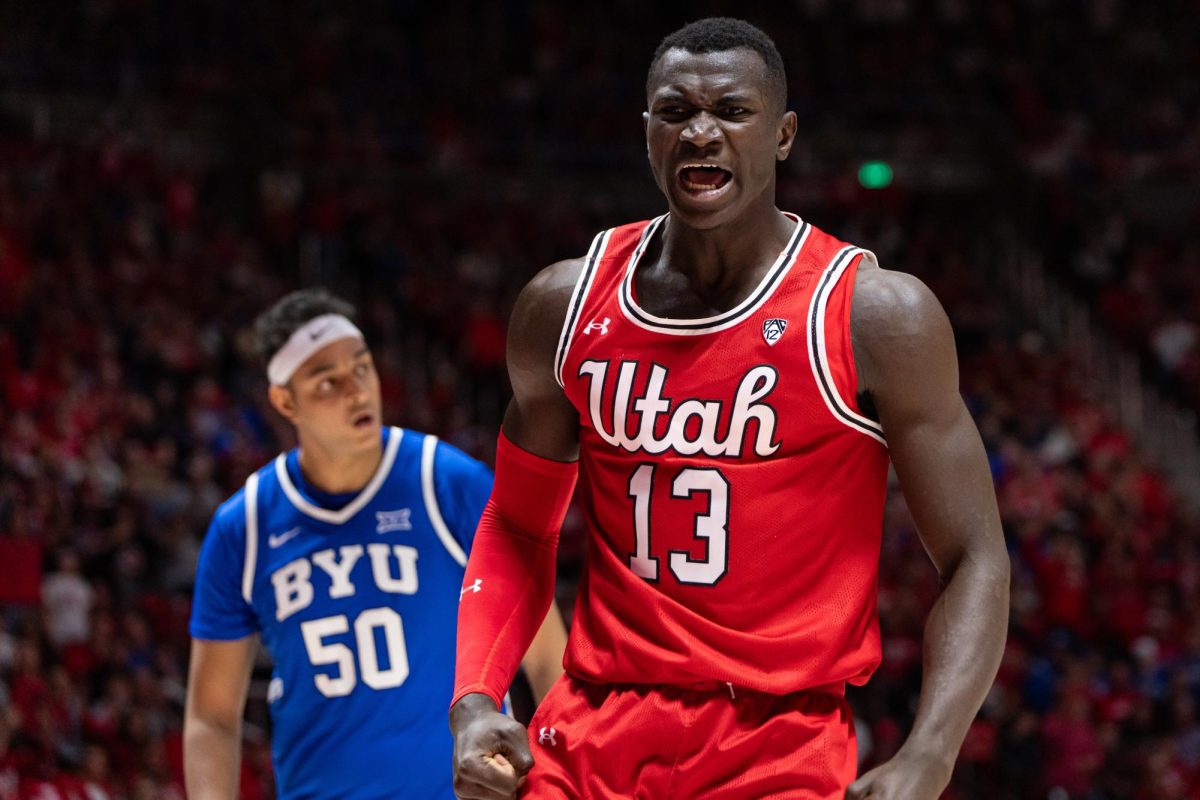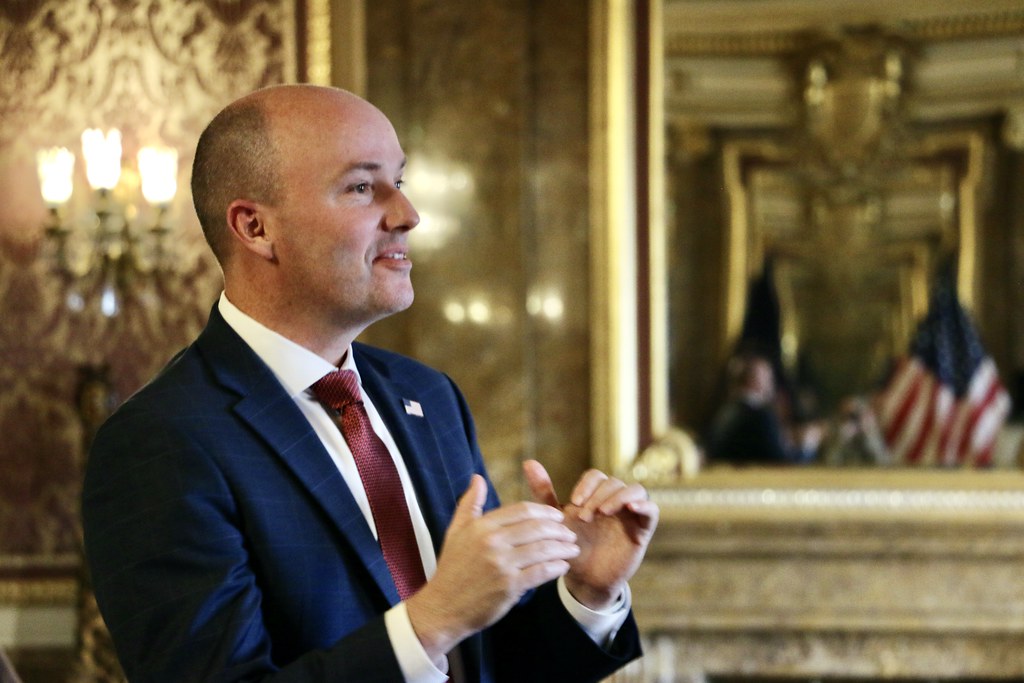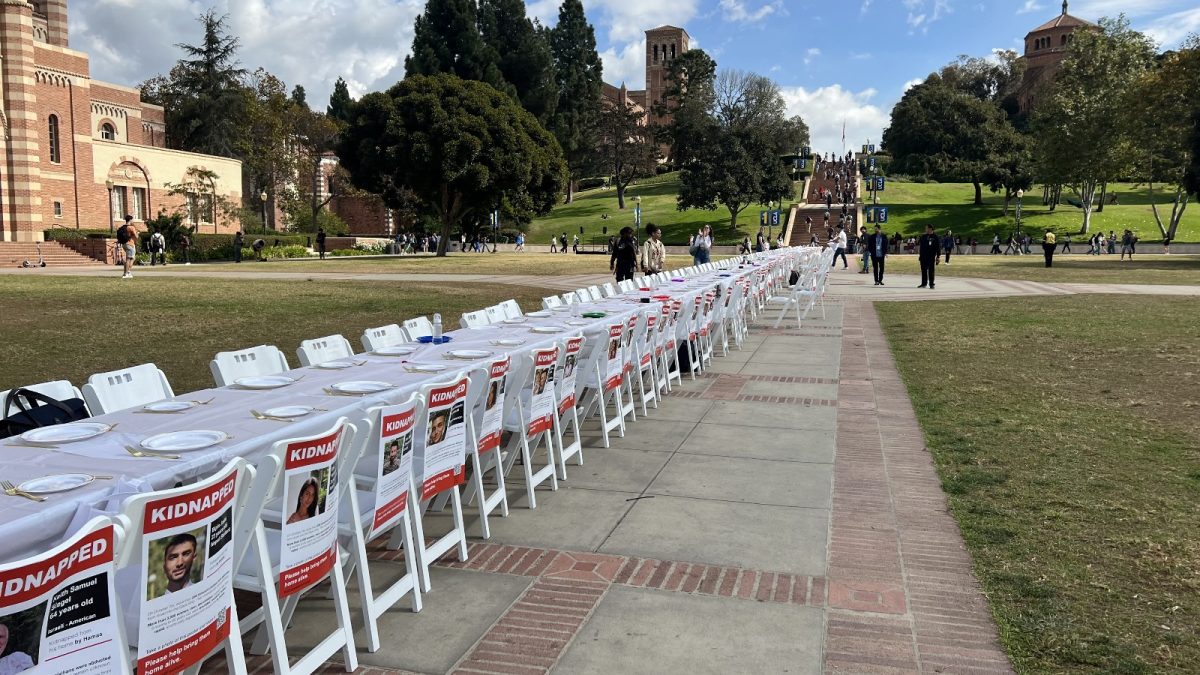U officials think it’s a steal to get a college education on their campus — such a deal that the U’s proposed tuition increase for 2008-2009 is, as usual, higher than the rate of inflation.
“It’s hard to see,” ASUU President Spencer Pearson said of a national trend toward escalating tuition costs at public universities. “We felt better this year because it was heading in the right direction.”
Associate Vice President of Budget and Planning Paul Brinkman said the 5.9 percent raise — which must be approved by the state Board of Regents at its March 21 meeting in St. George — would be the U’s lowest since 2001. Brinkman said the U’s tuition was actually slightly higher than the national average in 1990, while it is only about 80 percent of today’s average.
According to the College Board’s 2007 Report on College Pricing, the average cost of tuition and fees at public schools was 6.6 percent higher in 2007-2008. Twenty percent of state schools reported increases of less than 3 percent (roughly the rate of inflation).
“We really needed to raise it more,” said Senior Vice President for Academic Affairs David Pershing, saying concern for student welfare stopped the U from asking for a sharper hike.
Included in the U’s proposal is a $5 student fee to help the Marriott Library cope with serial journal subscription costs that rise 8 to 10 percent each year, Brinkman said. The U believes it offsets this fee by eliminating a $5 fee for fuel and power costs, which the Legislature now funds.
Earlier this year, the student government approved a $3 fee increase for study abroad programs that will only be paid by freshmen and sophomores next year. The budget also provides for an 18 percent increase for transportation and a 14 percent boost in Campus Recreation Services funding that Pearson said is needed to compensate workers when the federal minimum wage goes up in July.
A first-tier, base tuition increase was already set by the Board of Regents at 3.5 percent. This money is apportioned by the Regents, mostly for faculty pay. The second-tier increases are left for the institutions to propose individually.
“If you put something in the second tier, it’s got to be something that relates to students,” said Brinkman. “It can’t be money for research or money to take care of patients.”
The U’s 2.5 percent second-tier request is aimed at, among other things, funding an advising program capable of supporting the Graduation Guarantee, building renovations and faculty retention coffers.
“The usual stuff,” Brinkman said.
Interim State Higher Education Commissioner Dave Buhler said the Regents usually accept the presidents’ recommendations but declined to speculate about the U’s proposal. Buhler did say higher education had a “better than average” year at the Legislature and he doesn’t expect any requests for double-digit increases.
Brinkman was not as pleased with the session, saying some of the U’s hopes were dashed when state revenue projections from November and December were not met.
“That changed the complexion of the legislative session quite a bit,” he said. “But we made a real, honest effort to keep the tuition increase lower than it has been in the prior number of years. That was a commitment we made in the very beginning.”
Pershing believes it is “fairly likely” that the Regents will accept the increase.
“We know that there are other campuses that are going to have to ask for larger increases,” he said, declining to name the schools because he said they have yet to announce their intentions.
Brinkman said the U tries to counter soaring tuition costs by increasing the availability of financial aid. Single parent Isabella Desetoiles, a senior in social work, believes these efforts are currently falling short.
“It seems like Pell Grants are going down and tuition is going up,” she said. “Most students I know have to work a lot, so it’s really hard. I’d like to see that change because higher education should be open to everybody, not just people with money.”
Dustin Gardiner contributed to this report.
Tuition raises (year announced) 2008: 5.9%2007: 7%2006: 8.5%2005: 9.5%2004: 8.5%2003: 9.5%2002: 9.3% Source: Chronicle reports
Also see: Tuition expected to continue rising











